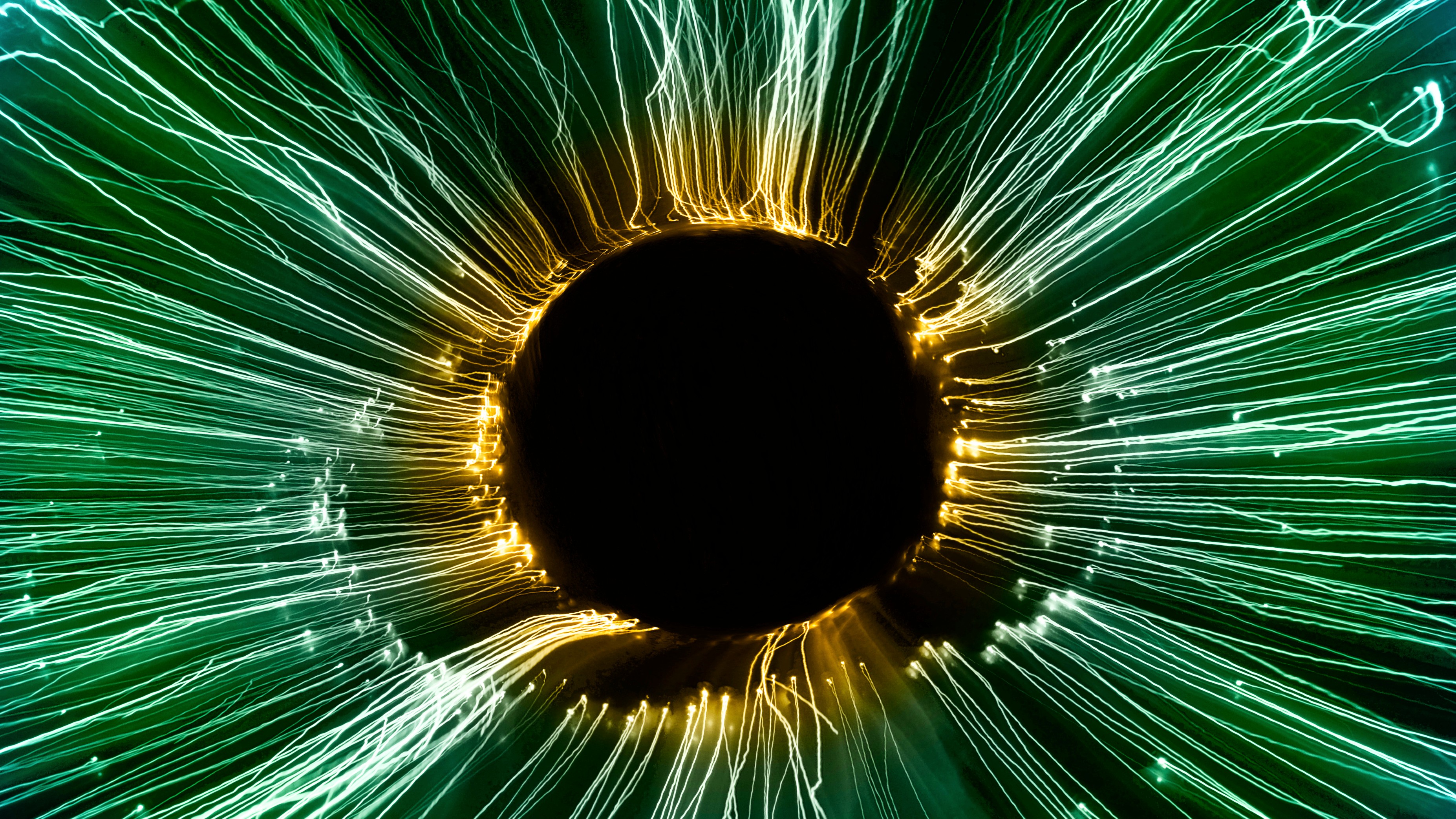The ‘WIMP Miracle’ Hope For Dark Matter Is Dead

But we shouldn’t give up on direct detection. Here’s why.
Dark matter is not only the most abundant form of matter in the Universe, it’s also the most mysterious. Whereas all the other particles we know of — atoms, neutrinos, photons, antimatter and all the other particles in the Standard Model — interact through at least one of the known quantum forces, dark matter appears to interact through gravity alone.
According to many, it would be better to have called it invisible matter, rather than dark matter. It not only doesn’t emit or absorb light, but it doesn’t interact with any of the known, directly detectable particles through the electromagnetic, strong, or weak nuclear forces. The most sought after dark matter candidate is the WIMP: the Weakly Interacting Massive Particle. The big hope was for a WIMP miracle, a great prediction of supersymmetry.
It’s 2019, and that hope is now dashed. Direct detection experiments have thoroughly ruled out the WIMPs we were hoping for.
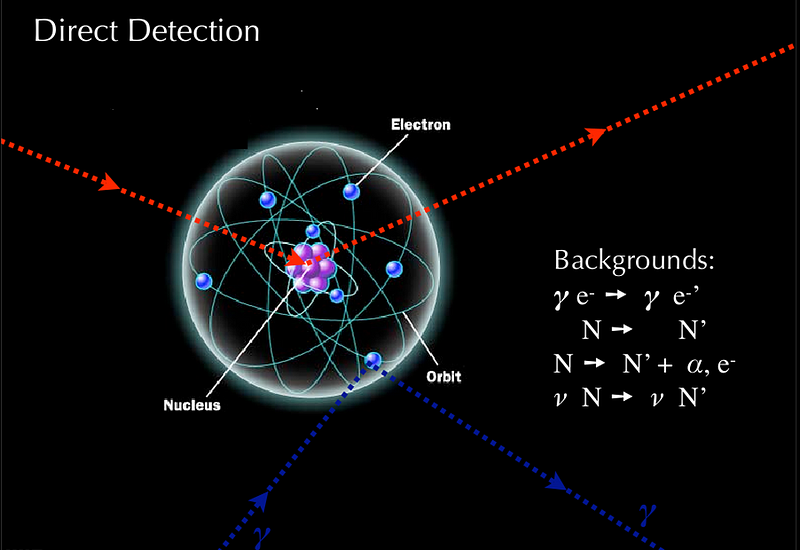
The Universe, from an astrophysical perspective, has to be made of more than just the normal matter we know of. Normal matter, in this instance, qualifies as any of the known particles in the Standard Model. It includes anything made from quarks, leptons, or the known bosons, and includes exotic objects like neutron stars, black holes, and antimatter. All the normal matter in the Universe has been quantified through a variety of methods, and it only totals up to about a sixth of what must be present, overall, to explain the gravitational interactions we see on cosmic scales.
The big problem, of course, is that all of our evidence for dark matter is indirect. We can observe its effects in the astrophysical laboratory of space, but we’ve never detected it directly, in a laboratory here on Earth. That isn’t, mind you, for a lack of trying.
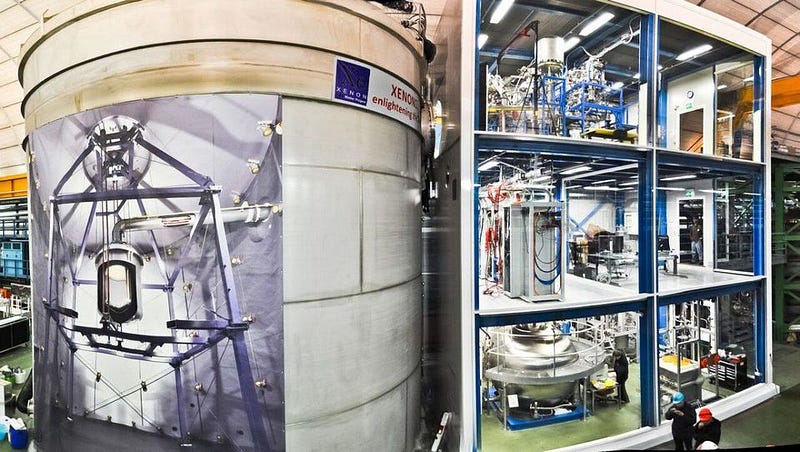
If you want to directly detect dark matter, it isn’t as simple as detecting the known particles of the Standard Model. For anything made out of quarks, leptons, or the known bosons, we can quantify what forces they interact through and with what magnitude. We can use what we know about physics, and in particular about the known forces and interactions between the known particles, to predict quantities like cross-sections, decay rates and products, scattering amplitudes, and other properties we’re capable of measuring in experimental particle physics.
As of 2019, we’ve met with tremendous success on those fronts that have confirmed the Standard Model in ways that both theorists and experimentalists could have only dreamed of half a century ago. Detectors at colliders and isolated, underground facilities have led the way forward.
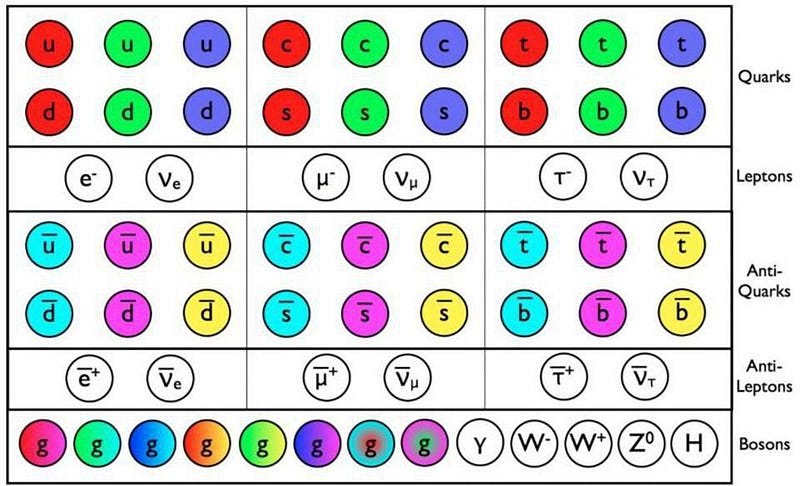
There are a whole spectrum of particles — both fundamental and composite — predicted by the Standard Model. Their interactions through the strong nuclear, electromagnetic, and weak nuclear forces can be calculated through techniques developed in quantum field theory, allowing us to create and detect those particles in a variety of ways.
Every single quark and antiquark has now been directly produced in an accelerator, with the top quark, the last holdout, falling in 1995.
Every lepton and antilepton has been seen by detectors, with the tau neutrino (and its antimatter counterpart, the tau antineutrino) completing the lepton sector in the early-to-mid 2000s.
And every one of the Standard Model bosons has been created and detected as well, with the Higgs boson, the final piece of the puzzle, definitively appearing at the LHC in 2012.
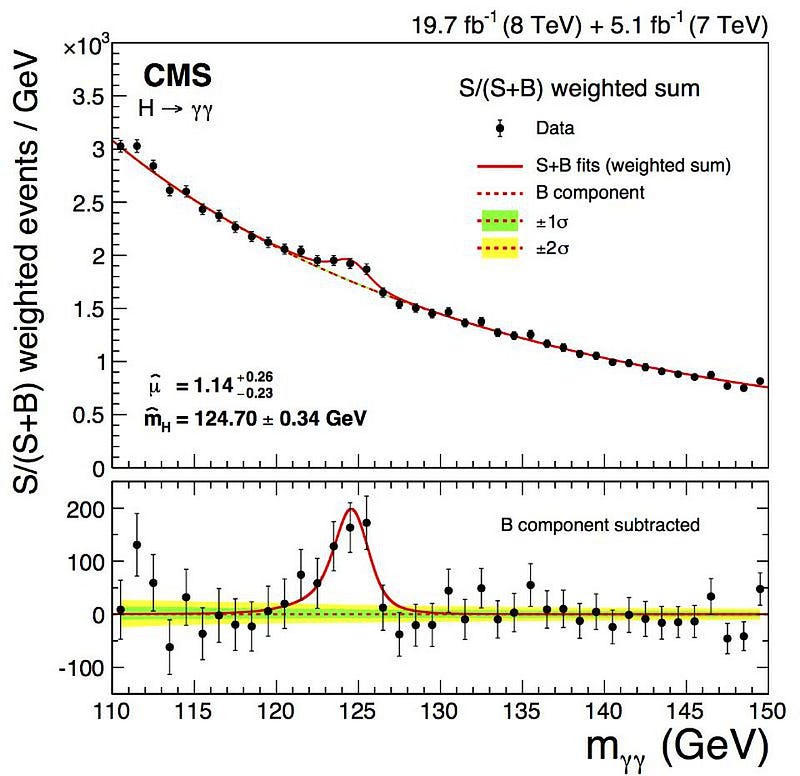
We understand how the Standard Model particles behave. We have solid predictions for how they should interact through all of the fundamental forces, and experimental confirmation of those theories. We also have extraordinary constraints on how they’re permitted to interact in a beyond-the-Standard-Model fashion. Because of our constraints from accelerators, cosmic rays, decay experiments, nuclear reactors and more, we’ve been able to rule out many possible ideas that have been theorized.
When it comes to what might make up the dark matter, however, all we have are the astrophysical observations and our theoretical work, in tandem, to guide us. The possible theories that we’ve come up with include a huge number of dark matter candidates, but none that have garnered any experimental support.
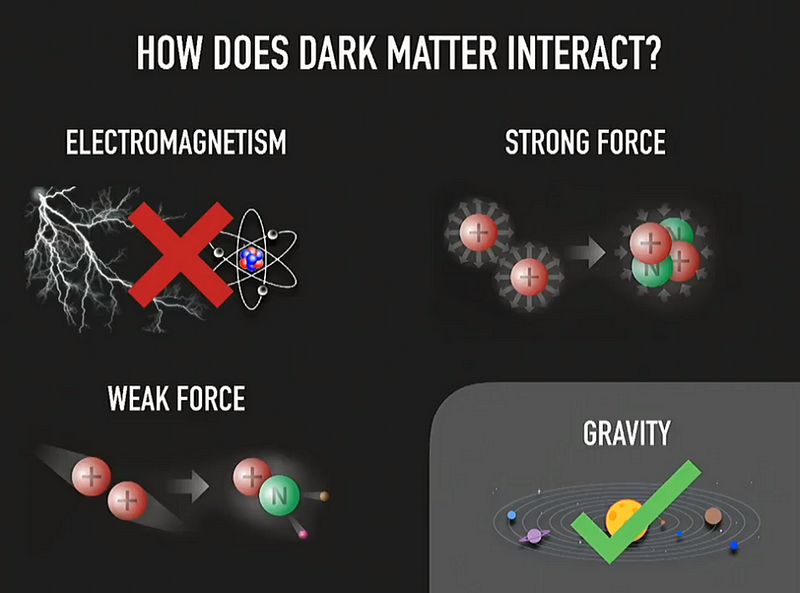
The most sought-after dark matter candidate is the WIMP: the Weakly Interacting Massive Particle. In the early days — i.e., back in the 1970s — it was realized that some particle physics theories that predicted new particles beyond the Standard Model could eventually produce new types of stable, neutral particles if there were some new type of parity (a type of symmetry) that prevented them from decaying.
This now includes ideas like supersymmetry, extra dimensions, or the little Higgs scenario. All of these scenarios have the same story in common:
- When the Universe was hot and dense early on, all the particles (and antiparticles) that could be created were created in great abundance, including any extra, beyond-the-Standard-Model ones.
- When the Universe cooled, those particles decayed into progressively lighter and more stable ones.
- And if the lightest one was stable (because of the new parity symmetry) and electrically neutral, it would persist to the present day.
If you evaluate what the mass and cross-section of those new particles are, you can get a predicted density for their estimated abundance today.
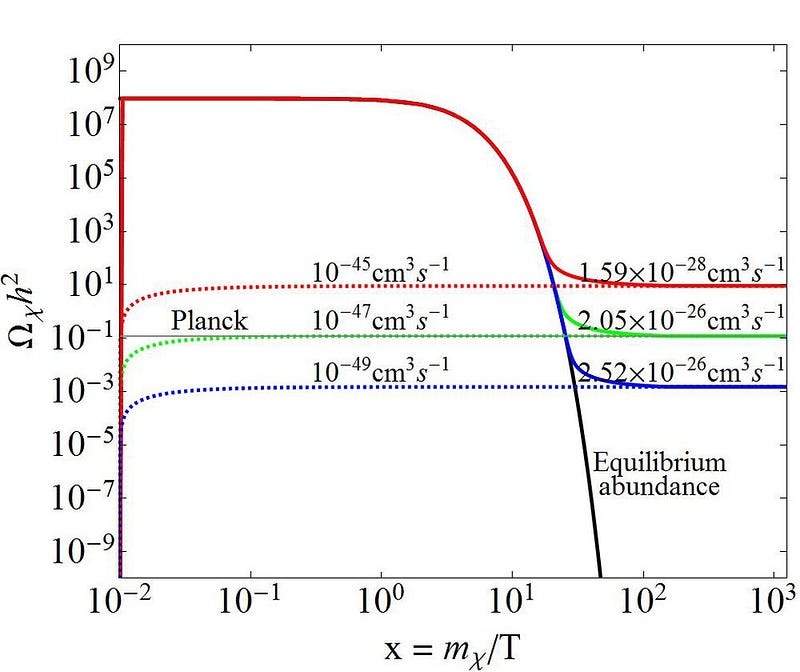
This is where the idea of WIMP dark matter came from. These new particles couldn’t have interacted through the strong or electromagnetic interaction; those interactions have too high of a cross-section and would have already shown up. But the weak nuclear interaction is a possibility. Originally, the “W” in WIMP stood for the weak interaction, because of a spectacular coincidence (appearing in supersymmetry) known as the WIMP miracle.
If you put in the dark matter density that the Universe requires today, you can infer how many dark matter particles you need of a given mass to make it up. The mass scale of interest for supersymmetry — or any theory appearing at the electroweak scale — is in the ballpark of 100 GeV to 1 TeV, so we can them compute what the self-annihilation cross-section must be in order to get the right abundance of dark matter.
That value (of cross-section multiplied by speed) turns out to be around 3 × 10^–26 cm³/s, which is right in line with what you’d expect if such particles interacted through the electroweak force.
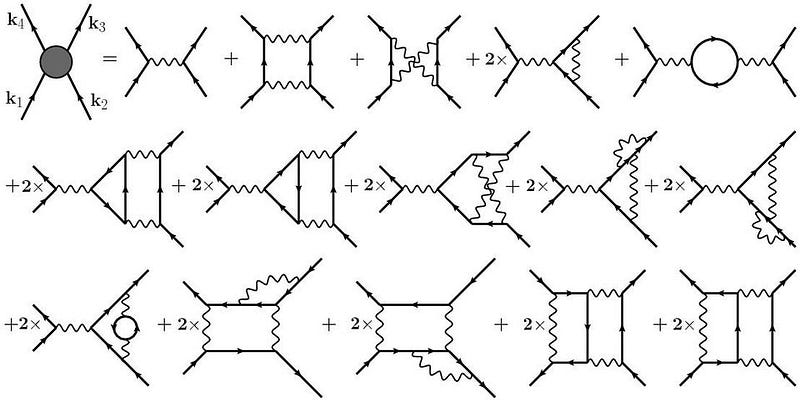
Of course, if any new particles interact through the electroweak force, they’d couple to the Standard Model particles, too. If a new particle couples to, for example, the W or Z boson (which carry the weak force), then there’s a finite, non-zero likelihood that these particles will collide with any particle that a W or Z boson couples to, like a quark within a proton or neutron.
This means we can construct dark matter experiments looking for a nuclear recoil of known, normal matter particles. Recoils beyond those caused by normal matter would be evidence for the existence of dark matter. Sure, there are background events: neutrons, neutrinos, radioactively decaying nuclei in the surrounding matter, etc. But if you know the energy and momentum combinations of the signal you’re looking for, and you design your experiment cleverly, you can quantify your background and extract any potential dark matter signal that may be there.
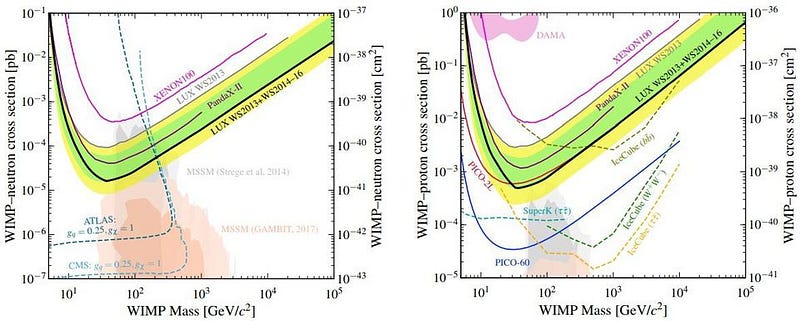
These experiments have now been ongoing for decades, and have seen no dark matter. The most stringent modern constraints come from LUX (above) and XENON 1T (below). Those results inform us that the interaction cross-section for protons and neutrons is extraordinarily tiny, and are different for both spin-dependent and spin-independent scenarios.
LUX got us down to spin-dependent cross-section limits below 1.0–1.6 × 10^−41 cm² for protons and neutrons and spin-independent ones below 1.0 × 10^−46 cm²: low enough to rule out all the models of SUSY dark matter proposed by 2001. A more sensitive constraint now comes from XENON: the spin-dependent neutron constraint is 6 × 10−42 cm², while the spin-independent cross-sections are below 4.1 × 10−47 cm², further tightening the screws.
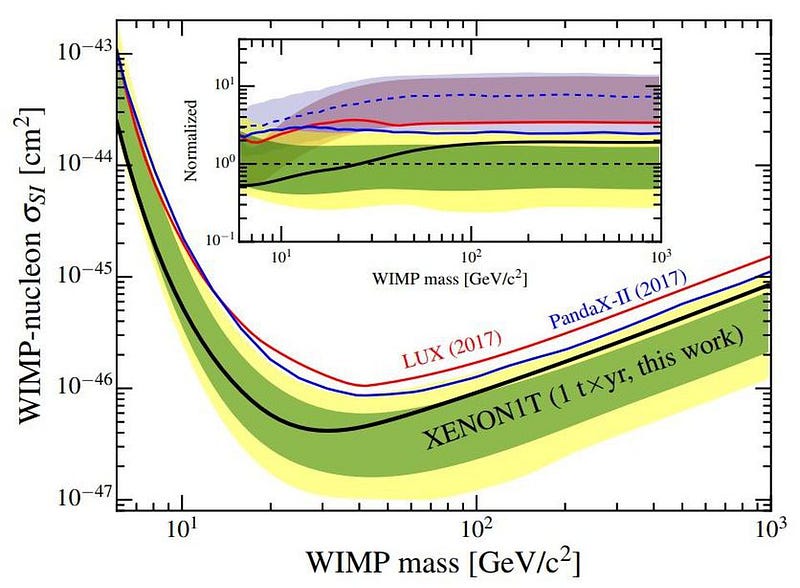
This is a different measurement than having dark matter particles self-annihilate, but that measurement tells us something incredibly valuable. The models of supersymmetry or extra dimensions that give the right dark matter abundances through the weak interactions are ruled out by these experiments. If there is WIMP dark matter, it must be weaker than the weak interaction permits to comprise 100% of the dark matter. Additionally, the LHC should not detectably produce it.
Theorists can always tweak their models, and have done so many times, pushing the anticipated cross-section down and down as null result after null result rolls in. That’s the worst kind of science you can do, however: simply shifting the goalposts for no physical reason other than your experimental constraints have become more severe. There is no longer any motivation, other than preferring a conclusion that the data rules out, in doing so.
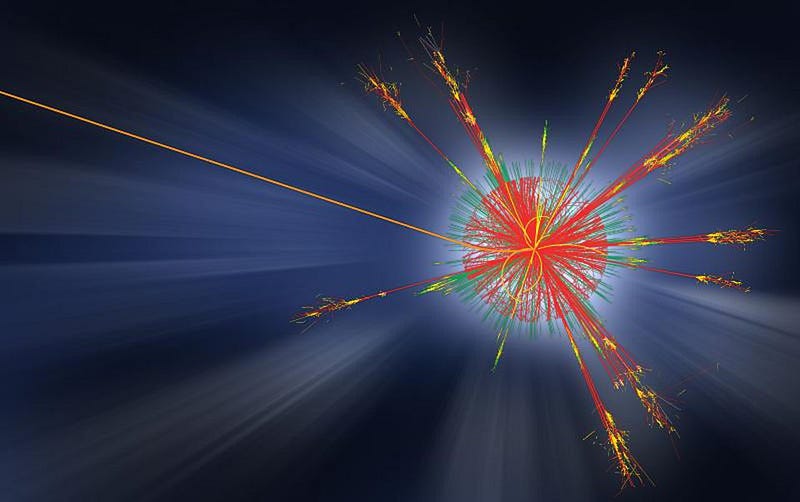
But performing these direct detection experiments is still incredibly valuable. There are other ways to produce dark matter that go beyond the most conventional scenario. Furthermore, these constraints don’t necessitate a non-WIMPy source of dark matter. Many other interesting scenarios do not need a WIMP miracle.
For many decades, the “W” has been recognized to stand not for the weak interaction, but to stand for an interaction no stronger than is allowed by the weak force. If we have new, beyond-the-Standard-Model particles, we’re allowed to have new forces and interactions as well. Experiments like XENON and LUX are our only way to probe those.
Additionally, dark matter candidates that are produced by a different mechanism at lower mass ranges, like axions or sterile neutrinos, or through the gravitational interaction alone at higher masses, such as WIMPzillas, are very much in play.
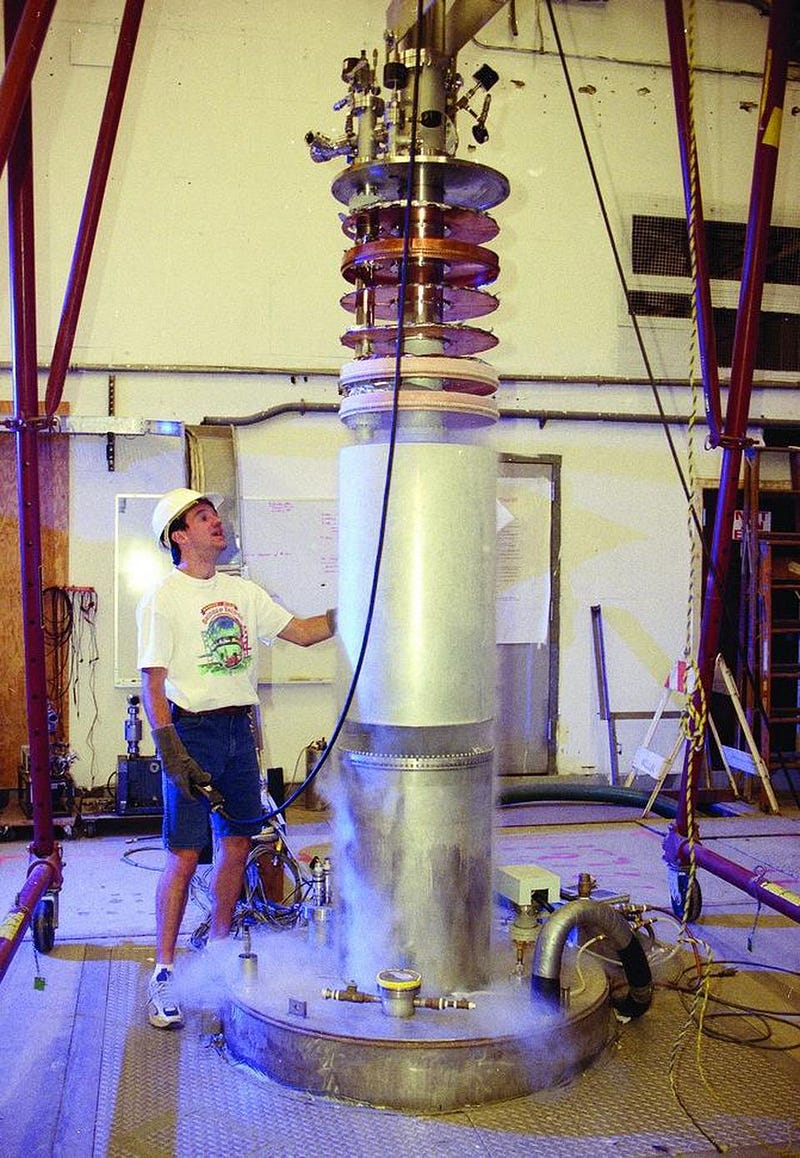
Our hunt for dark matter in the lab, through direct detection efforts, continues to place important constraints on what physics may be present beyond the Standard Model. For those wedded to miracles, though, any positive results now appear increasingly unlikely. That search is now reminiscent of the drunk looking for his lost keys beneath the lamppost. He knows they’re not there, but it’s the only place where the light enabling him to look shines.
The WIMP miracle may be dead and gone, as particles interacting through the weak force at the electroweak scale have been disfavored by both colliders and direct detection. The idea of WIMP dark matter, however, lives on. We just have to remember, when you hear WIMP, we include dark matter that’s weaker and wimpier than even the weak interactions will allow. There is undoubtedly something new out there in the Universe, waiting to be discovered.
The WIMP miracle is over. But we still might get the best miracle of all: if these experiments turn up something beyond a null result. The only way to know is to look.
Ethan Siegel is the author of Beyond the Galaxy and Treknology. You can pre-order his third book, currently in development: the Encyclopaedia Cosmologica.



